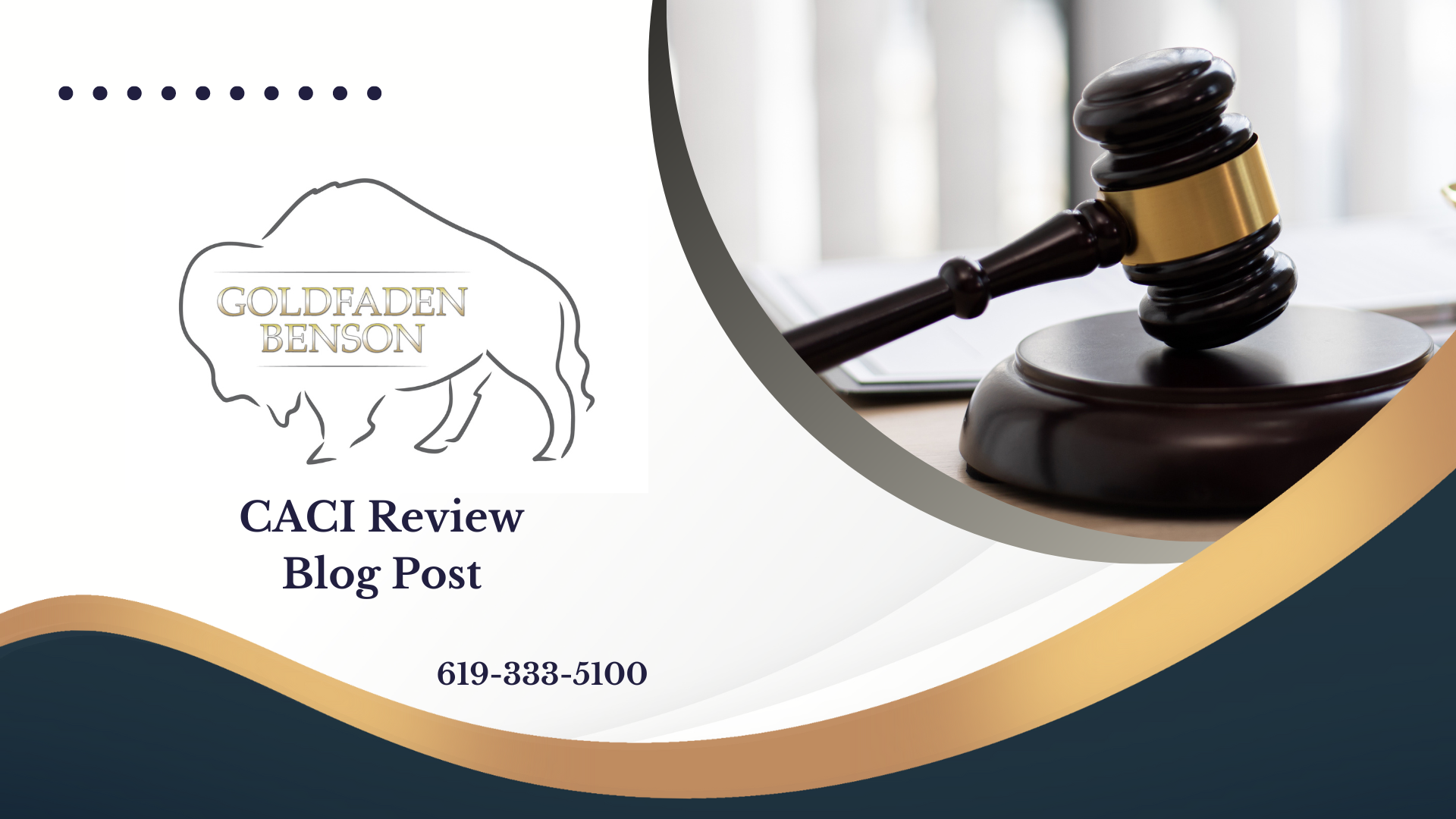Establishing Negligence in Personal Injury Claims
Understanding negligence is essential if you’re navigating any personal injury claim. It serves as the foundation for many legal cases we handle in California, including car accidents, medical malpractice, and slips and falls. It might seem overwhelming, but breaking it down into simpler terms can clarify the requirements and help you see what is involved.
What is Negligence?
In legal terms, negligence occurs when a person's failure to act with reasonable care results in harm to another party. The law expects us to behave in a way that doesn’t put others in danger. When someone does not meet this standard, and that failure directly leads to injury, they may be found negligent.
Elements of Negligence
To establish a claim of negligence in court, a plaintiff must prove four key elements:
1. **Duty of Care**: This refers to the legal obligation one person has to another to act with a certain standard of care. For example, drivers have a duty to drive safely, while doctors have a duty to provide an adequate level of medical care.
2. **Breach of Duty**: This occurs when someone fails to meet the standard of care expected under the circumstances. For instance, if a driver runs a stop sign, they breach their duty of care to other drivers and pedestrians.
3. **Causation**: Here, it must be shown that the breach of duty directly caused harm to the injured party. This often requires demonstrating that if the negligent act hadn’t occurred, the injury would not have happened.
4. **Damages**: Finally, the injured party must show there were real damages resulting from the negligence. These damages could be physical, such as injuries requiring medical treatment, or economic, such as lost wages.
A Real-Life Scenario
Imagine you are walking in a grocery store and slip on a spilled drink that has not been cleaned up. You fall and break your ankle. In this scenario, the grocery store had a duty to keep the premises safe, and the spill represents a breach of that duty. If it can be shown that the store was negligent for not cleaning it up – for example, the spill had been present for an excessive amount of time without action – you could pursue a personal injury claim asserting the store’s negligence caused your injury and subsequent medical bills.
The Resulting Impact
Holding a party accountable for negligence can help recover damages like medical costs, lost income, and even emotional distress. However, filing a personal injury claim requires careful preparation and evidence to prove each element of your case.
Contact Goldfaden Benson
If you've been involved in an incident that you believe is the result of someone else's negligence, seeking experienced legal assistance is essential. At Goldfaden Benson, we can help explain your rights and options for pursuing compensation.
Don’t hesitate to reach out if you have any questions or concerns about your situation. The journey to justice begins with understanding your role within the legal framework. For more guidance, contact us today!
Visit our practice area for more information on personal injury claims and how we can assist you.








